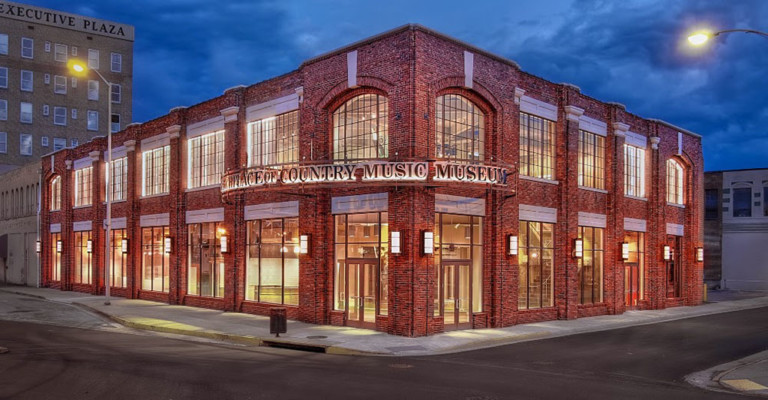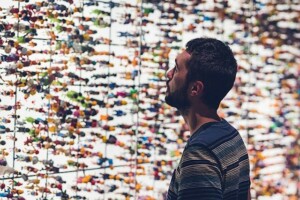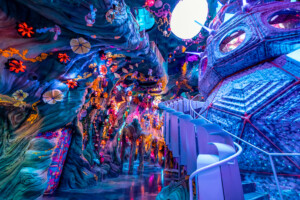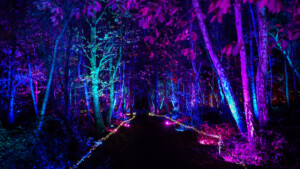The town of Bristol, straddling the state lines between Virginia and Teneesee, has just opened The Birthplace of Country Music Museum. The Museum, an affiliate of the Smithsonian Institute, features audio and video systems provided by Electrosonic , and celebrates the historic 1927 Bristol Sessions, considered the origin of modern country music.
Nineteen performers travelled to what was then the largest urban area in the Appalachians to sing; the sessions marked the commercial debuts of the legendary Jimmie Rodgers and the Carter family. The sessions were held in a local hat warehouse by the Victor Talking Machine Company, and made possible by the advent of portable audio recording technology.
The Birthplace of Country Music Museum is sited in a vintage building that formerly housed a truck dealership and that has been refitted over a number of years to reflect the era of the Bristol Sessions. The Museum comprises 24, 000 square feet of interactive exhibits, artefact displays and multiple theatre experiences to tell the story of the Bristol Sessions and their far-reaching influence.
 Washington – based Hillmann & Carr, which produced the museum’s video content and handled interactive programming, brought Electrosonic on board the project in its early stages . Electrosonic’s Design Consulting team worked with Joseph Nicholson of studioMUSarx in Philadelphia on the initial exhibit design. Electrosonic’s Orlando office provided the subsequent AV systems and support for the facility.
Washington – based Hillmann & Carr, which produced the museum’s video content and handled interactive programming, brought Electrosonic on board the project in its early stages . Electrosonic’s Design Consulting team worked with Joseph Nicholson of studioMUSarx in Philadelphia on the initial exhibit design. Electrosonic’s Orlando office provided the subsequent AV systems and support for the facility.
Electrosonic project manager Tim Wilson commented, “There were a number of challenges to working in a historically significant building.”
Chief among them – and critical to a music-themed museum – were the issues concerning sound. Steve Haas, president of SH Acoustics in Milford, Connecticut, was the acoustic and audio consultant to Electrosonic, and a key contributor to the project’s audio design and calibration.
“We had to resolve acoustically challenging hard surfaces and create the highest quality sound experience for visitors, ” he said. “Optimizing the sonic environment throughout the museum was the goal, whether in the theatres or individual exhibits.”
Four of the Museum’s five theatres feature equipment from Electrosonic.
The largest, the Orientation Theater, Greasy Strings and the Chapel all have Screen Goo projection surfaces on their walls. Their video sources are Alcorn McBride DVM8500 digital video machines. This theatre has a holding area styled like a train depot. Visitors hear associated sound effects and historic music clips through Acoustic Enhancements’ activated sound panels built into the depot walls while they wait for admittance to the theatre; the theatre doors open to the sound of a train’s air brakes, and visitors take their seats to “Bound to Bristol, ” a video about the musical heritage of the Bristol Sessions.
The Orientation Theatre is also outfitted with an InFocus projector, Renkus-Heinz speakers, Bag End subwoofers and activated sound panels by Acoustic Enhancements. Closed captioning is provided by a pair of NEC monitors above the walkways.
The small Greasy Strings Theater, which displays a looped video exploring the philosophy and musical techniques behind the sessions, has a BenQ projector and Innovox and Tannoy speakers.
The Chapel, which is fitted with a BenQ projector, Tannoy speakers and four Acoustic Enhancements activated sound panels built into the pews, has church pews where visitors can rest and watch a video about local gospel groups and how faith has shaped music.
The Immersion Theater comes later in the tour. It has a custom Da-Lite perforated, curved screen, three blended BenQ projectors, a Dataton WATCHOUT video source, Tannoy speakers and Bag End subs – and room to dance. The walls are lined with murals showing crowds of appreciative country music fans at the annual Rhythm & Roots Reunion festival in Bristol.
Its video’s focus is on making visitors feel part of the unbroken circle of country music. It features clips of different artists – from Jimmie Rodgers to Lynyrd Skynyrd – performing “Will the Circle Be Unbroken”.
Throughout the museum, visitors are engaged in a variety of aspects of the country music heritage and, more specifically, the Bristol Sessions by a number of interactives equipped with 32-inch ELO touch screens. Four ‘Mixing Stations’ allow visitors to change the mix on assorted tracks from the sessions; ‘Way Back Machines’ enable them to scroll through photographs of Bristol over the decades. An interactive recording booth invites visitors to sing along in their own version of the famous Bristol Sessions; two ‘Bristol Remastered’ interactives, with Brown Innovations focused beam speakers, showcase a number of session tunes covered by contemporary artists, and ‘Send a Postcard’ lets them email a digital postcard design to family and friends.

Tennessee Ernie Ford – who was born in Bristol – is celebrated with a video kiosk driven by an Alcorn McBride DVM8500 with overhead speakers. The ‘Rediscovered/Reinvented’ video, displayed on a 46-inch monitor and fed by an Alcorn McBride digital video machine, demonstrates how media and movies integrate country music today.
The Museum also boasts its own working internal radio station. Visitors can see through picture windows to an audio booth featuring a vintage radio studio and control room equipped with an authentic 1940s Raytheon console from a Bristol radio station that has been retro-fitted to convert analogue signals to digital. A low power FM license has been granted by the FCC, and the studio will soon bein broadcasting WBCM (Birthplace of Country Music) Radio.
Outside the windows, Electrosonic has provided an interactive where visitors can tune into four pre-recorded shows while the radio station is not broadcasting. Audio playback is provided by a QSC Q-Sys system.
Three control rooms connected with a fibre network have been built by Electrosonic on the second floor of the Museum. Empty racks have been provided to accommodate future expansion in what is already a limited space. Museum staff maintain all audio and video equipment.
Wilson added, “Everything looks very, very good and sounds excellent. The Birthplace of Country Music is a very cool place to visit, and the people there are wonderful. They really believe in the product and have done a great job showing the full spectrum of country music from the 1927 sessions to today.”
The museum’s director and head curator, Dr. Jessica Turner, concluded, “It was important to us, as a music museum, to have the highest quality sound and media experiences. This is exactly what the group from Electrosonic delivered. I was impressed that the whole team worked with us to troubleshoot problems to find innovative solutions, often going above and beyond to provide expertise and professionalism. I was sad when the installation was complete and we would no longer be working together.”















